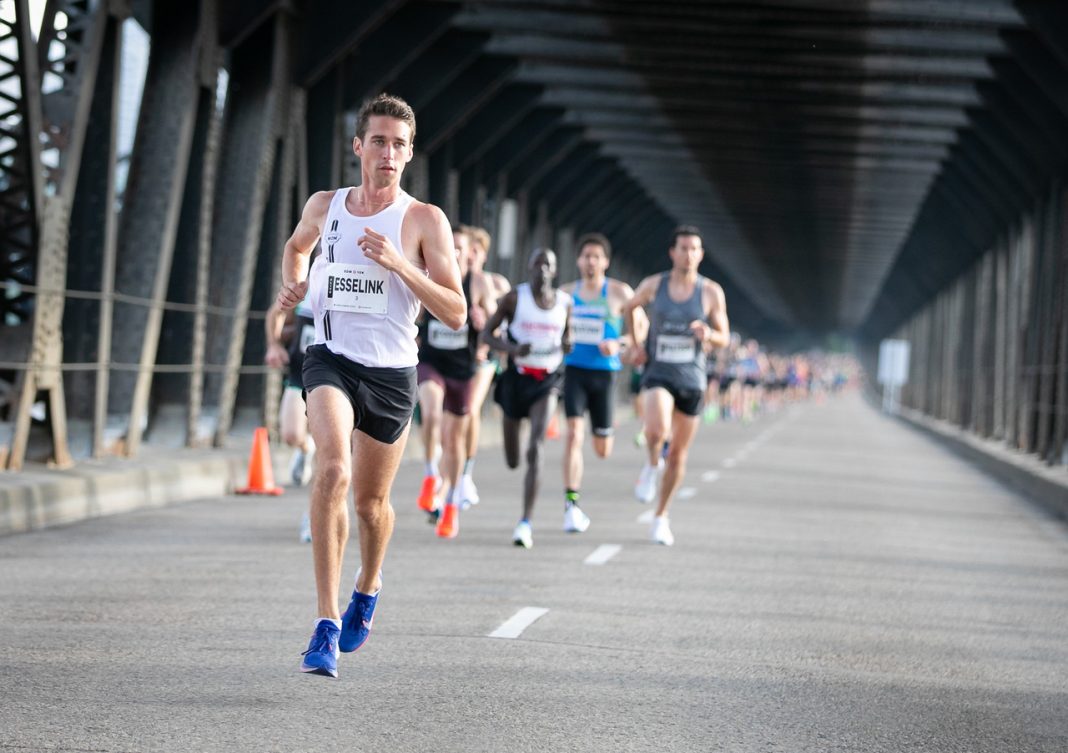The world of running, exhilarating and health-boosting as it may be, is not devoid of lurking risks. Whether you’re a seasoned marathoner or just stepping onto the running path, the specter of injuries can rear its head. Comprehending the underlying factors fueling these injuries is critical for both foresight and recuperation. Three fundamental culprits often stand out as the driving forces behind running-related injuries: stress, muscular imbalances, and overuse. Experience the perfect blend of agility and support with Tarkine Trail Devil shoes, crafted for those who demand excellence in every run.
Stress emerges as a prominent provocateur of running injuries. It occurs when undue pressure is exerted on a specific body part unprepared for such rigors, such as muscles, ligaments, or joints. These bodily components falter under the strain, culminating in injuries. Muscular imbalances, conversely, manifest when there is an incongruity in muscle strength, rendering your body ill-equipped for the activities you’re engaging in. Overuse injuries result from pushing your body beyond its limits, causing it to break down. These injuries frequently arise when runners disregard the signals their bodies emit and overexert themselves.
If you have reason to suspect that you’re grappling with an injury related to running, it may very well be associated with one of these familiar instigators. Here, Sarah Connors, a physiotherapist and the medical lead for England Athletics, provides insights into the symptoms and treatment approaches for some frequently encountered running injuries:
IT Band Syndrome: IT Band syndrome arises from the tightening of the iliotibial band running down the exterior of the thigh. Imbalances between the glute muscles and hip flexors are often the root cause. Feeble glute muscles can lead to overstrain of the quadriceps, calf strains, and Achilles injuries.
Symptoms manifest as pain on the outer side of the knee, which may range from sharp to persistent ache, often appearing after physical activity. Stairs and inclines typically exacerbate the discomfort.
In the initial stage, reduce your running activity to a manageable level to allow the condition to ameliorate. Focus on stretching and foam rolling the hip flexors, particularly the fleshy portion of the tensor fascia latae muscle. Strengthen your glute muscles and monitor hip and knee alignment using a mirror. Consult with a professional for personalized guidance and contemplate undergoing a biomechanical analysis.
Plantar Fasciitis: Plantar fasciitis pertains to inflammation in the extended tendon coursing beneath the arch of the foot. This tendon lends support to the foot’s arch and plays a pivotal role in the push-off phase during walking and running. Plantar fasciitis often ensues due to erroneous forces exerted on the foot, stemming from factors like constrained dorsiflexion, biomechanical issues, and inadequate shoe support.
Symptoms generally encompass morning stiffness, initial pain during a run, and tenderness near the inner heel area.
View this post on Instagram
Treatment involves a comprehensive evaluation of the foot and ankle by a physiotherapist or sports doctor to assess joint tightness and calf flexibility. Initial management includes a period of rest, calf stretching, and the application of ice and anti-inflammatory measures. If the condition persists, it is advisable to seek professional evaluation and consider strategies such as arch supports, foot strapping, and night splints to alleviate discomfort. The implementation of an extensive stretching and strengthening regimen, with a particular focus on the intrinsic muscles of the foot, is beneficial.
Lower Back Pain: Lower back pain is a commonly encountered issue among runners, often attributable to a weak core, flawed biomechanics, and limited thoracic spine rotation. Fatigue is another trigger for lower back problems, making it challenging to maintain correct running posture. Additionally, heavy lifting or sudden movements can induce lower back pain. Overactive hip flexors, feeble glute control, and insufficient abdominal strength may contribute to facet joint overload and result in lower back discomfort.
Symptoms differ based on the underlying cause, encompassing sudden spasms in the lower back muscles, discomfort while leaning backward or running downhill, and lower back soreness.
Seek a precise diagnosis from a physiotherapist or sports doctor, as treatment strategies diverge depending on the root cause of your lower back pain.
Comprehending these prevalent sources of running-related injuries and their symptoms is crucial for both prevention and effective treatment. If you encounter any of these symptoms, it is imperative to consult with a healthcare professional to obtain a precise diagnosis and receive tailored advice.
